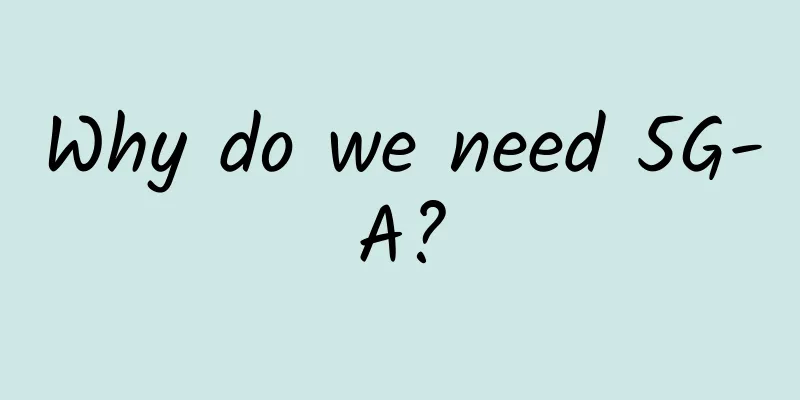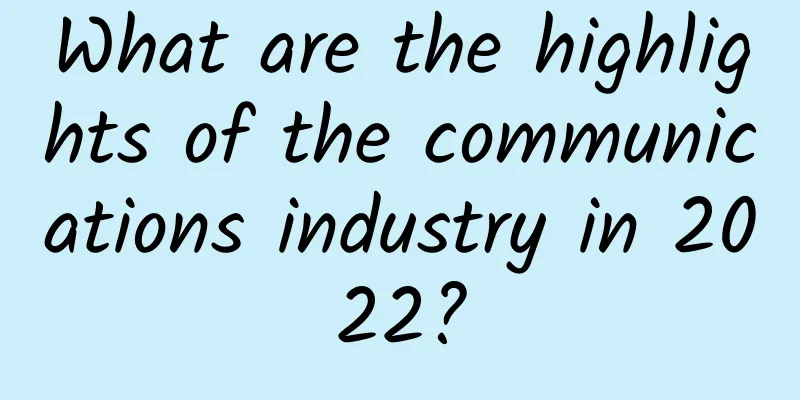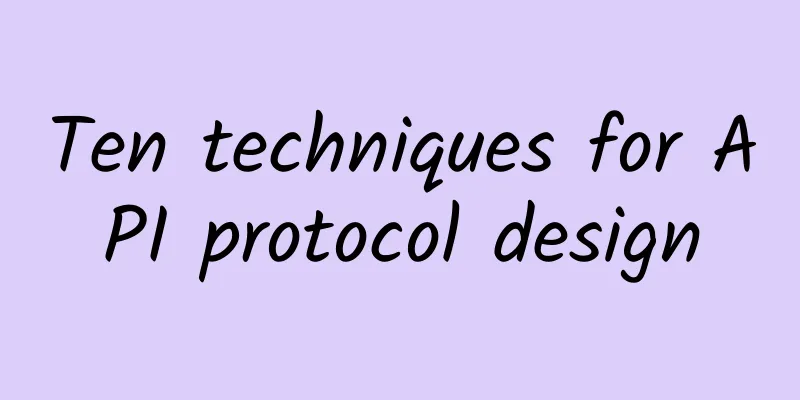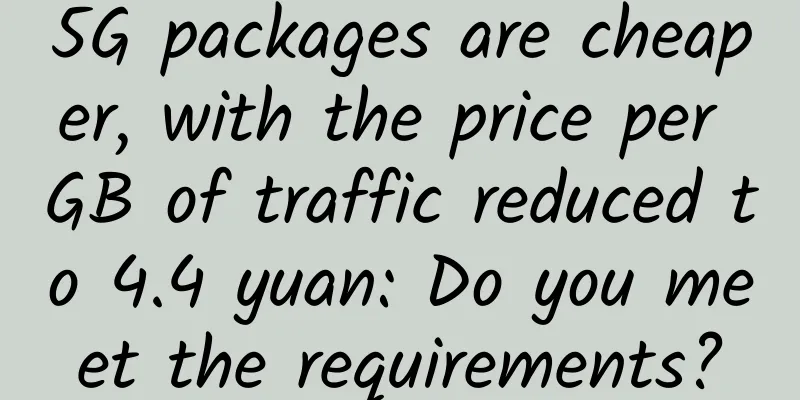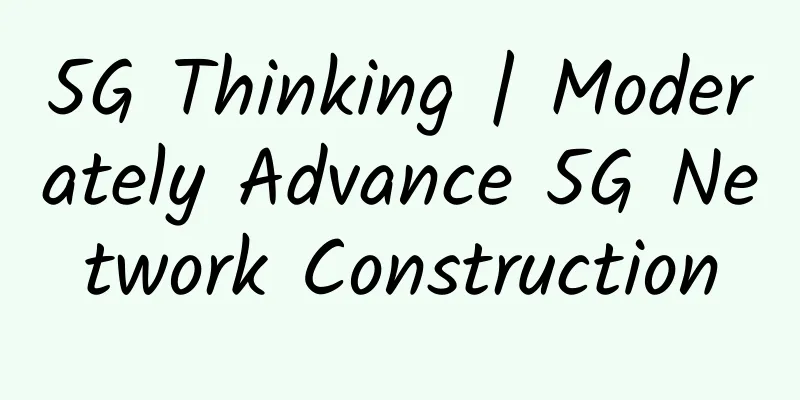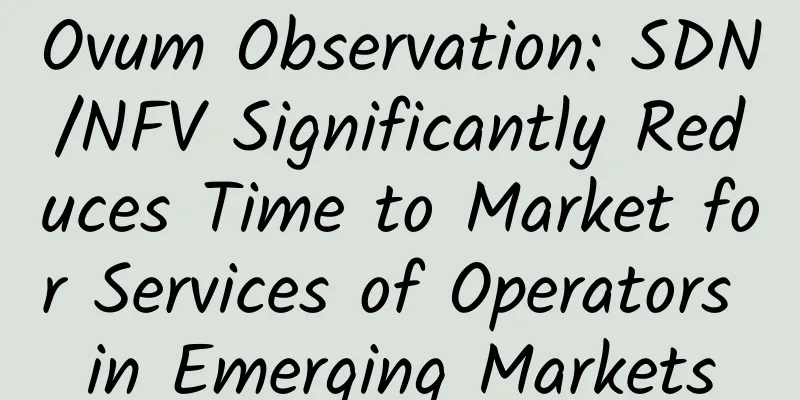Ericsson research reveals: 5G network satisfaction drivers are changing dynamically
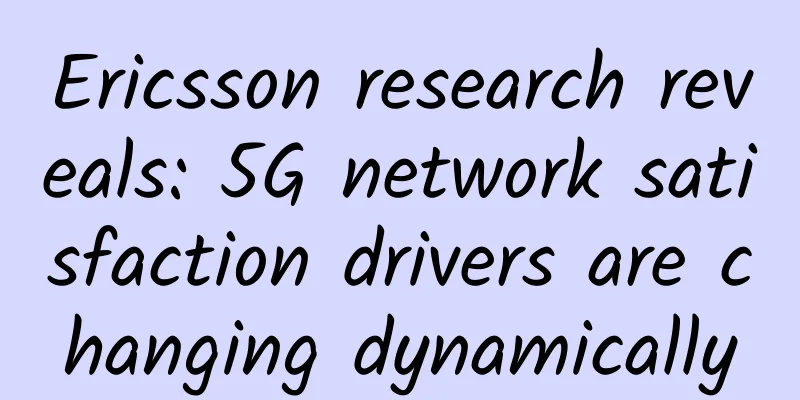
|
The report, titled "5G Value: Turning Performance into Value," highlights the CSP business case potential of 5G as more and more users around the world express satisfaction with 5G. The research report is based on interviews with more than 37,000 consumers in 28 countries in May and June this year, covering the views of approximately 1.5 billion consumers, including 650 million 5G users. In addition, the report also pointed out that poor 5G connection experience in key locations such as stadiums, entertainment venues and airports may increase customers' likelihood of changing CSPs by three times. The comprehensive study reflects the views of approximately 1.5 billion consumers worldwide , including around 650 million 5G customers, and is one of a series of studies that Ericsson has been tracking the evolution of the 5G consumer market since 2019. Ericsson ConsumerLab research further demonstrates a shift in factors influencing consumer satisfaction, from a focus on 5G geographic coverage to application experience-centric metrics covering aspects such as video streaming quality, mobile gaming and video calling experience, and consistency of 5G speeds, particularly among early 5G adopters. About 37% of 5G consumers surveyed believe that increasing the amount of data traffic in 5G plans can justify the additional rates charged by CSPs. Jasmeet Singh Sethi , Head of Ericsson ConsumerLab, says: "Interestingly, around one in five 5G smartphone users surveyed clearly expressed a preference for differentiated service connection quality. Rather than settling for generic 5G performance, these users are actively seeking higher and consistent network performance, specifically tailored for demanding applications and specific key locations. The research shows that they are willing to pay an 11% premium if their service provider offers this." “This is where many 5G consumers explicitly expect 5G to provide them with a value-added experience , such as an enhanced experience on a night out at a major entertainment venue or while traveling through an airport,” Sethi said. “If they have a poor experience in these locations, they are three times more likely to switch to the provider that provides the best 5G experience.” The report confirms the potential of network application programming interfaces ( APIs) for developers as a way for communications service providers to provide an enhanced network experience to customers who are willing to pay for it. Erik Ekudden, Chief Technology Officer at Ericsson, says: "In the 5G era, network APIs are business interfaces for developers and application providers, enabling them to access network capabilities through familiar and easy-to-use interfaces. When we observe that consumers are willing to pay for new features and differentiated service quality, it is clear that these APIs are changing the industry. This creates an environment where developers can leverage 5G capabilities to deliver unique and premium experiences. For CSPs, APIs bring new revenue by leveraging the intrinsic value of the network." The report explores how 5G enhanced video (such as 4K, 360-degree experiences, multi-view video and augmented reality applications) bundled in 5G plans is driving growth in 5G user engagement and mobile data usage. On average, 5G users have spent 47% more time on augmented video over the past two years , and the number of daily AR app users has doubled since the end of 2020. The report identified four trends:
|
<<: Embracing the edge: Unleashing the potential of on-board computing
>>: Can you really explain TCP's three-way handshake and four-way handshake?
Recommend
5G will make your 4G mobile phone obsolete. How can you become a "pig" in the 5G trend?
[[223756]] According to Gartner data, the total s...
Is the network model seven layers, five layers, or four layers?
When we are doing network development, we often h...
WebSocket in real-time chat room
To learn more about open source, please visit: ...
SoftShellWeb: Netherlands/San Jose VPS 10% off first month starting at $0.5
In order to let more users experience its VPS hos...
5G issues should not be politicized
The official website of the European Competitive ...
5G needs new Wi-Fi tech to succeed, Cisco says
As the tech industry talks up 5G networks, Cisco ...
5G, edge computing and the Industrial Internet of Things
The new 5G network will transform many industries...
Wu Hequan, academician of the Chinese Academy of Engineering: There are still three fatal problems with 5G at present
The communications field has always been the weak...
About edge computing: Is it right for your business?
Like most emerging IT trends, "edge computin...
Introducing a request library - How to use several Undici APIs
[[430223]] Preface In the browser, if we want to ...
Skipping 5G, the United States starts working on 6G: Apple, Google and others join the "Next Generation G Alliance"
Apple’s 5G iPhone has just been launched, and it’...
10g.biz Hong Kong CN2 VPS simple test
A group friend asked about the information about ...
The third and fourth largest operators in the United States announced a merger. Can China Telecom and China Unicom follow suit?
On April 29, T-Mobile, the third largest telecom ...
Allied Market Research: Global Small 5G Network Market Size to Reach $8.32 Billion in 2027
On November 5, a report recently released by mark...
The final of the 2024 3rd Ruijie National College Student Information Technology Competition will be held in Fuzhou on December 28
The final and award ceremony of the 2024 3rd Ruij...



